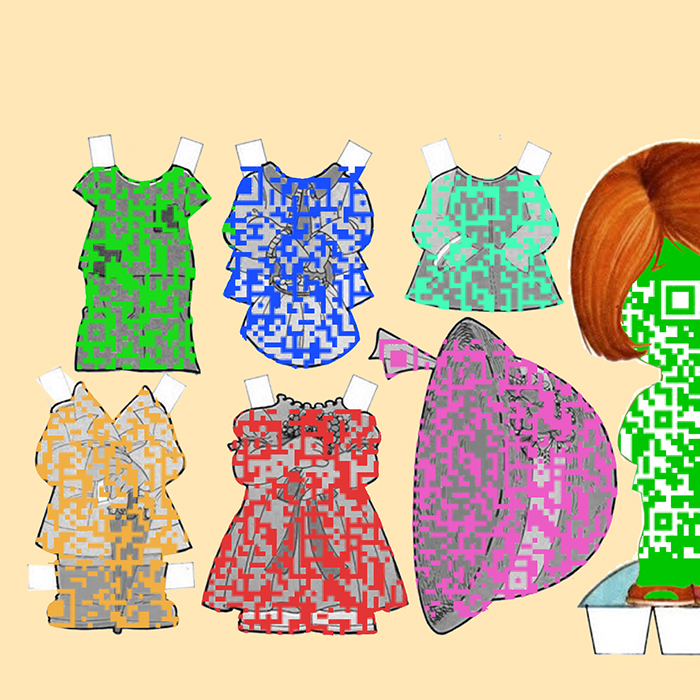
Research has uncovered how common it is for GSD youth to report negative experiences at school. It has also documented how a transformation in this setting to prioritize affirmative support for LGBTQ+ students can contribute to a better school climate for these students, and be conducive to academic success and overall improvement of students’ mental health. Affirmative support is key, as GSD youth report problems with their mental health more frequently than their heterosexual peers. These include higher rates of distress, low mood, and self-harm. Though an explanation of why this happens cannot be attributed to a single cause, it has been linked to institutional homophobia, transphobia and heterosexism (…) in their environment.
Minority Stress Theory suggests that some of the adverse mental health outcomes for GSD individuals can be explained by their experiences living their minoritised identity in a world that assumes only two genders exist and that the gender assigned at birth must match the one you identify with (cisnormativity). This world also assumes heterosexuality as the norm for all (heteronormativity), which puts GSD youth at risk of victimisation, internalised homo/bi/transphobia, and stigmatisation. In other words, GSD individuals face the burden of navigating a world that constantly sends the message that they should not live their lives being their authentic selves. Although it is important to note that the acceptance of GSD people varies from country to country, overall, the experience of worsened mental health and pressure to conform to heteronormativity and cisnormativity is reported worldwide.
The recommendations provided below are relatively non-specific, as it is essential to consider each individual and each education system’s needs and strengths.
Implementing any of the recommendations below on its own will most likely be unsuccessful, as it is necessary to work from multiple perspectives and levels to ensure a true affirmative space. This is because there needs to be limited space between policy and its application. Those involved in students’ everyday lives become responsible for interpreting and enforcing the policies in place. In other words, if the administration sets in place a set of policies but the educators do not have the knowledge or training to adopt them and ensure their daily implementation, this policy will surely fail. Similarly, if the families and students are not included throughout the process, implementation of the policy will not satisfy the needs of those directly affected and will have a limited impact.

The BRIGHTER FUTURE project has been funded with support from the European Commission. This publication reflects the views only of the authors, and the Commission cannot be held responsible for any use which may be made of the information contained therein.
